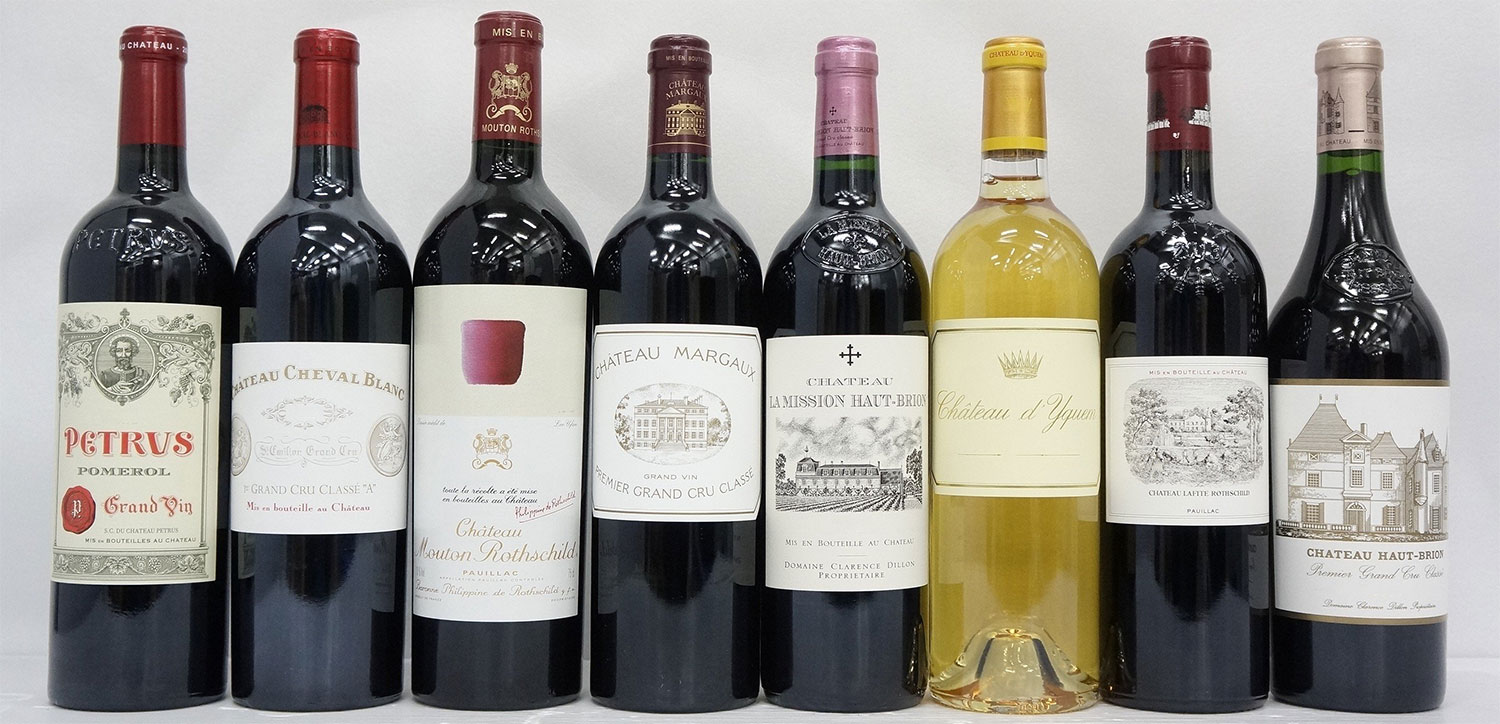
A Journey With The Art of Crafting Bordeaux Wine Singapore
Bordeaux, a name synonymous with world-class wine, holds a cherished place in the hearts of wine enthusiasts. This iconic wine region in southwestern France is renowned for producing some of the most celebrated wines globally, known for their elegance, complexity, and age-worthiness. In this comprehensive guide, we will explore the making procedure of Bordeaux Wine Singapore taking you on a journey from the vineyard to the bottle and uncovering the secrets behind its exceptional quality and global reputation.
Terroir and Varieties
The foundation of Bordeaux wine lies in its unique terroir, characterized by a harmonious blend of soil types, climate, and geography. Bordeaux’s terroir is divided into several subregions, each offering distinct characteristics. Some of the key subregions include the Médoc, Saint-Émilion, Pomerol, and Graves.
Bordeaux is known for a variety of grape varieties, but the primary ones include:
-
Cabernet Sauvignon: Dominant in the left bank of the Gironde River, Cabernet Sauvignon contributes structure, tannins, and black fruit flavors to Bordeaux wines.
-
Merlot: Prevalent on the right bank, Merlot imparts lushness, red fruit notes, and a softer texture to the wines.
-
Cabernet Franc: Often used in blending, Cabernet Franc adds floral and herbal nuances, enhancing complexity.
-
Petit Verdot and Malbec: These varieties are utilized in smaller quantities, contributing color, depth, and unique characteristics to Bordeaux blends.
Winemaking Procedure
The winemaking process for Bordeaux wine is a meticulous and time-honored craft that combines tradition with modern techniques. Here’s a step-by-step guide to how Bordeaux wines are made:
-
Vineyard Management: The process begins in the vineyard, where experienced vineyard managers and viticulturists work year-round to ensure the health and quality of the grapevines. Pruning, trellising, and canopy management are essential practices to regulate grape ripening and sun exposure.
-
Harvesting: Harvesting is a crucial step in Bordeaux winemaking. Grapes are typically hand-picked, especially for premium wines, to select only the ripest clusters. Timing is key, as winemakers aim to capture the optimal balance of acidity and sugar in the fruit.
-
Sorting: Once harvested, the grapes undergo a sorting process to remove any undesirable elements, such as unripe or damaged berries. This meticulous selection ensures that only the best grapes are used in winemaking.
-
Crushing and Destemming: After sorting, the grapes are crushed, breaking the skins and releasing the juice. Depending on the wine style, some grapes may be destemmed to control tannin levels.
-
Fermentation: Chianti Wine Singapore are typically fermented in temperature-controlled stainless steel or concrete tanks. This phase allows the conversion of grape sugars into alcohol and the extraction of color and tannins from the grape skins.
-
Aging: Following fermentation, Bordeaux wines often go through a period of aging. This can take place in various vessels, including oak barrels, concrete tanks, or stainless steel tanks. Oak aging, in particular, contributes to the complexity and character of Bordeaux wines.
-
Blending: Bordeaux wines are known for their artful blending of different grape varieties. Winemakers carefully select and blend wines from different plots and grape varieties to create the final cuvée. The blending process is a delicate balance, where winemakers aim to highlight the unique characteristics of each wine component.
-
Bottling: Once the desired blend is achieved, the wine is bottled and may undergo further aging in the bottle before release to the market. Bordeaux wines often benefit from bottle aging, allowing them to develop additional complexity and elegance.
Appellations and Classification
Bordeaux boasts a range of wine appellations, each with its own set of regulations and standards. These appellations are instrumental in controlling quality and preserving the reputation of Bordeaux wines. Here are some notable Bordeaux appellations:
-
Bordeaux AOC: The largest and most general appellation, Bordeaux AOC wines encompass a wide range of styles and quality levels. They serve as an introduction to Bordeaux wines.
-
Bordeaux Supérieur AOC: This appellation requires stricter standards than Bordeaux AOC, with a focus on quality. Bordeaux Supérieur wines are typically more age-worthy.
-
Médoc AOC: Situated on the left bank of the Gironde River, Médoc is known for producing world-class Cabernet Sauvignon-based wines, including those from the prestigious Pauillac and Margaux appellations.
-
Saint-Émilion AOC: On the right bank, Saint-Émilion is famous for its Merlot-dominant wines. It is one of the most renowned appellations for its elegance and finesse.
-
Pomerol AOC: Neighboring Saint-Émilion, Pomerol is celebrated for its lush and velvety Merlot wines, often aged in oak barrels.
-
Graves AOC: Located south of Bordeaux, Graves is known for its exceptional white wines, often blended with Sémillon, Sauvignon Blanc, and Muscadelle.
-
Sauternes AOC: Sauternes is famous for its luscious and sweet dessert wines, primarily made from Sémillon grapes affected by noble rot (Botrytis cinerea).
Conclusion
The art of crafting Bordeaux wine is a journey that begins in the vineyard and culminates in the bottle. It is a harmonious blend of tradition, terroir, and skilled winemaking that has made Bordeaux a benchmark for quality and excellence in the world of wine.
From the well-managed vineyards to the meticulous sorting and blending processes, every step in Bordeaux winemaking plays a pivotal role in creating wines of exceptional character and longevity. Whether you’re savoring a complex and structured Cabernet Sauvignon from Pauillac or the velvety Merlot-based wines from Saint-Émilion, Bordeaux wines offer a diverse range of flavors and styles to explore and enjoy. In each bottle, you’ll discover the rich history, unparalleled craftsmanship, and the unmistakable elegance that define Bordeaux wines.


